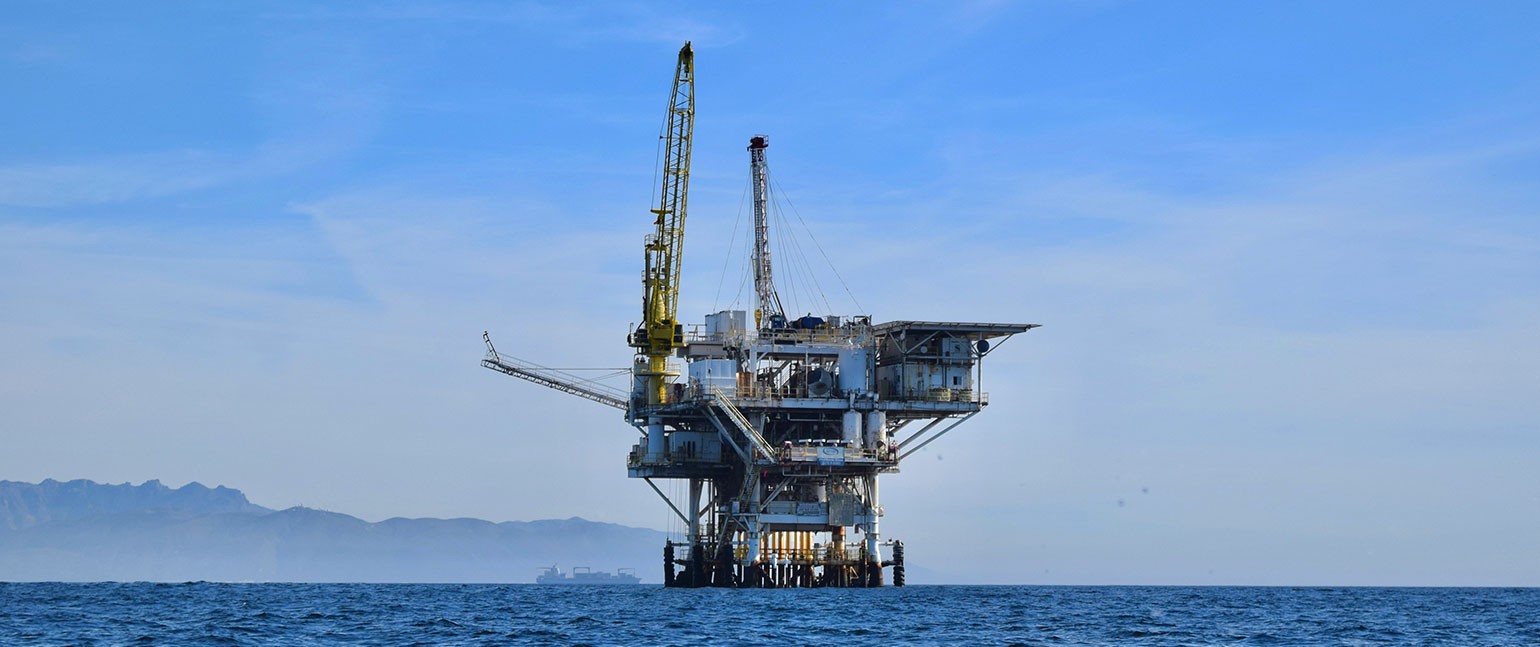I. Applications of Nitrogen in the Petroleum and Natural Gas Industry
1.Drilling and Well Completion
• Underbalanced Drilling: Injecting nitrogen reduces bottom-hole pressure, preventing formation fracturing and blowouts, suitable for low-pressure or depleted reservoirs.
• Testing and Cleaning: Nitrogen replaces brine or drilling fluid to test well productivity, minimizing reservoir damage and rapidly clearing wellbore fluids.
2.Enhanced Oil Recovery (EOR)
• Miscible Flooding: Nitrogen mixes with crude oil to form a low-viscosity phase, improving mobility (e.g., in light oil reservoirs).
• Immiscible Flooding: Nitrogen foam blocks high-permeability channels, redirecting oil flow toward production wells (suitable for heavy oil or fractured reservoirs).
3.Oil and Gas Processing and Storage
• Tank Inerting: Nitrogen displaces oxygen in crude oil, refined product, or natural gas tanks to prevent explosions and extend storage safety.
• Pipeline Purging and Drying: Nitrogen cleans new pipelines of residual impurities, preventing corrosion or ice blockages.
4.Refining and Processing
• Catalytic Cracking Units: Nitrogen protects catalysts from oxidation, maintaining reaction stability.
• Hydrogen Production: Nitrogen acts as a carrier or protective gas in ammonia decomposition or methane pyrolysis for hydrogen generation.
5.Safety and Environmental Protection
• Firefighting and Emergency Response: Nitrogen suppresses oxygen to extinguish tank fires or control wellhead combustion.
• Emission Reduction and Temperature Control: In liquefied natural gas (LNG) processes, nitrogen cools equipment and reduces carbon footprints.
II. Advantages of On-Site Nitrogen Generation Systems as Nitrogen Sources
1.Efficient and Stable Nitrogen Supply
• High Purity Output: Systems produce 95-99.9995% pure nitrogen, meeting requirements for drilling, EOR, and tank inerting while avoiding contamination risks.
• Continuous Gas Supply: 24/7 operation supports uninterrupted workflows, eliminating risks associated with liquid nitrogen supply disruptions.
• Flow Customization: Adjustable flow rates adapt to diverse needs (e.g., underbalanced drilling, pipeline purging, EOR injection).
2.Significant Operational Cost Reduction
• Reduced Liquid Nitrogen Dependency: On-site systems eliminate costs for liquid nitrogen procurement, transportation, and storage, ideal for remote or offshore sites.
• Low Energy Consumption: Compared to cryogenic air separation, on-site systems consume less energy and avoid frequent startup/shutdown losses.
3.Enhanced Safety and Environmental Benefits
• Eliminated Storage Risks: No need high-pressure liquid nitrogen tanks reduces leakage, explosion, or management hazards.
• Inert Atmosphere Protection: Real-time nitrogen supply ensures oxygen isolation during tank inerting or pipeline purging, preventing fires/explosions.
• Green and Low-Carbon: Air-based nitrogen production emits no carbon, aligning with energy industry sustainability goals.
4.Adaptability to Complex Conditions and Flexible Deployment
• Customized Design: Modular systems accommodate land rigs, offshore platforms, deserts, and other harsh environments.
• Rapid Response: Quick start/stop capabilities address urgent demands (e.g., well control emergencies, temporary testing).
• Robust Durability: Compact, heat-resistant, and dust-proof designs withstand extreme conditions.
5.Technological Maturity and Intelligent Management
• Automated Control: Smart monitoring tracks purity, pressure, and flow in real-time, with alarms for abnormalities to minimize manual intervention.
• Easy Maintenance: Routine replacement of adsorbents (e.g., carbon molecular sieves) or membrane modules ensures long lifespan (typically >0 years).
• Proven Reliability: On-site nitrogen technology has been widely validated in the petroleum industry.
III. Typical Application Scenarios
• Drilling and Well Completion: Underbalanced drilling, well control testing, mud pit inerting.
• EOR: Miscible/immiscible nitrogen flooding to boost oil recovery.
• Storage and Transportation: Tank inerting for crude/products, pipeline drying, and displacement.
• Refining: Catalyst protection, hydrogen production auxiliary gas.
• Safety Emergencies: Fire suppression, wellhead combustion control via nitrogen isolation.
On-site nitrogen generation systems provide cost-effective, reliable, and safe nitrogen solutions for the petroleum and gas sector. By reducing liquid nitrogen reliance, enhancing operational safety, and lowering carbon emissions, they are a critical technology for advancing intelligent and sustainable energy development.



